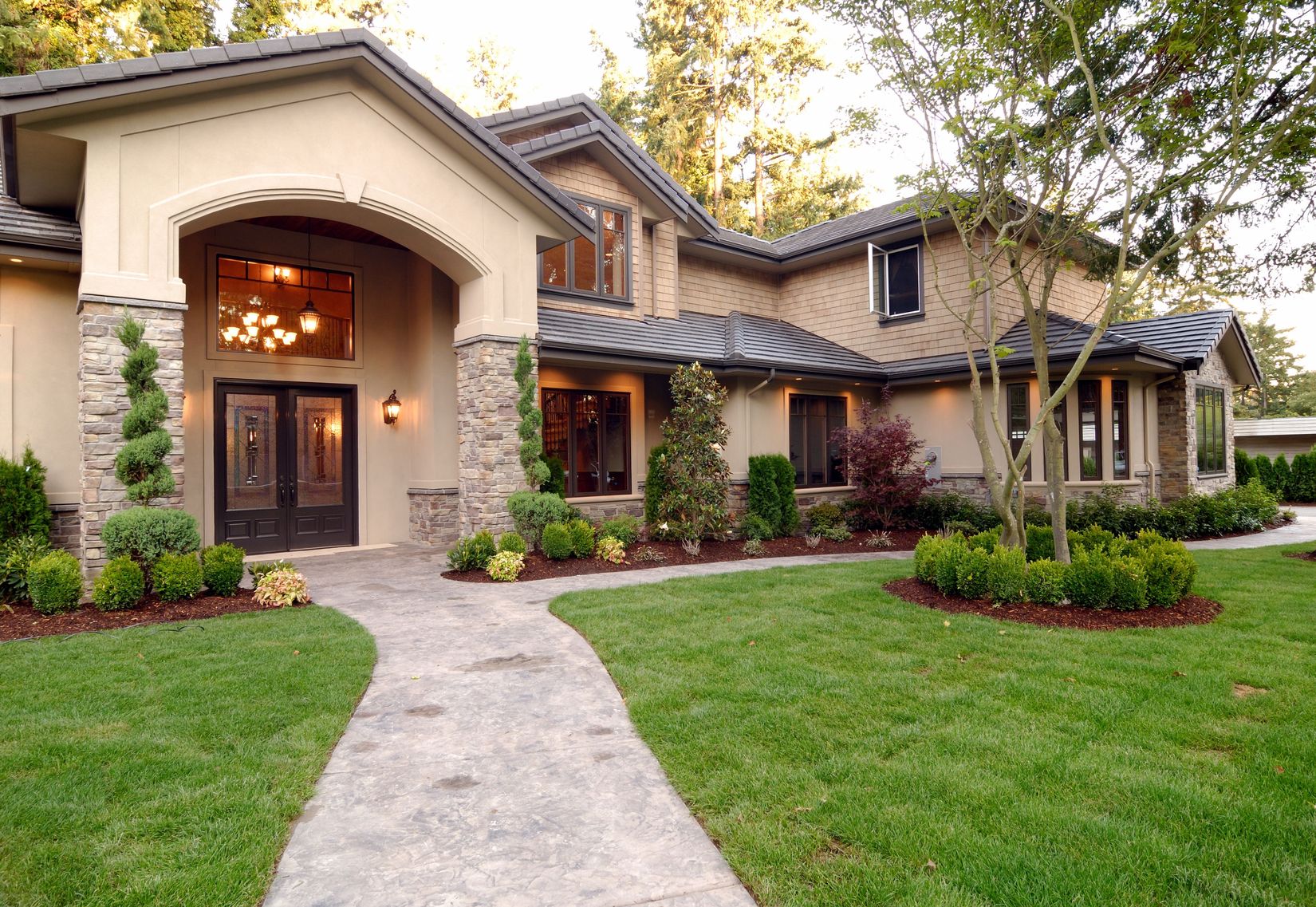What’s Ahead For Mortgage Rates This Week – September 25th, 2017
 Last week’s economic news included readings on housing starts, building permits issued and sales of pre-owned homes. The Fed’s Federal Open Market Committee issued its customary post-meeting statement and Fed Chair Janet Yellen gave a press conference. Weekly readings on mortgage rates and new jobless claims were also released.
Last week’s economic news included readings on housing starts, building permits issued and sales of pre-owned homes. The Fed’s Federal Open Market Committee issued its customary post-meeting statement and Fed Chair Janet Yellen gave a press conference. Weekly readings on mortgage rates and new jobless claims were also released.
Housing Starts Lower, but Building Permits Increase
August saw fewer housing starts with 1.18 million starts on a seasonally-adjusted annual basis. July’s reading was upwardly adjusted to 1.19 million starts; analysts expected 1.175 million starts annually in August. Building permits rose in August, which suggested builder confidence was strong regardless of fewer starts.
Recent hurricanes had little effect on August building permits, but building permits will likely increase as rebuilding gets under way in affected areas. 1.30 million building permits were issued on an annual basis as compared to July’s reading of 1.23 million permits issued. August’s reading for permits issued was the second highest since 2007.
Analysts noted that more permits were issued for single-family residences than for multi-family complexes. This is likely a response to high demand for single-family homes caused by persistent shortages of homes for sale. Multi-family permits issued fell by 5.80 percent in August with 323,000 permits reported. August’s reading for multi-family housing permits was 23 percent lower year-over-year.
Pre–Owned Home Sales Dip, Fed Holds Steady on Federal Funds Rate
Sales of previously-owned homes fell to a seasonally-adjusted annual rate of 5.35 million sales in August. Analysts expected a reading of 5.44 million sales, which matched July’s seasonally-adjusted annual reading of 5.44 million sales of previously-owned homes. High demand and very low inventories of homes for sale has caused sales to fall although very low unemployment rates and relatively low mortgage rates were positive indicators for would-be home buyers.
The Federal Reserve’s Federal Open Market Committee announced it did not raise the current federal funds rate of 1.00 to 1,25 percent. Fed Chair Janet Yellen remarked that “the basic message here is U.S. economic performance has been good.” The Fed was puzzled by sluggish inflation and revised its long-term inflation goal from 3.00 percent to 2.80 percent. The Fed is expected to raise its target federal funds rate one more time in 2017 and twice in 2018; this prediction may change if economic forecasts and world events change significantly.
Mortgage Rates Rise, New Jobless Claims Fall
Mortgage rates rose last week in response to the 10-year Treasury rate rising by seven basis points. The average rate for a 30-year mortgage rate rose five basis points to 3.83 percent; the average rate for a 15-year fixed rate mortgage rose five basis points to 3.13 percent. The average rate for a 5/1 adjustable rate mortgage rose four basis points to 3.17 percent. Discount points averaged 0.50 percent for fixed-rate mortgages and 0.40 percent for 5/1 adjustable rate mortgages.
New jobless claims were lower with 259,000 new claims filed. Analysts expected a reading of 302,000 new jobless claims based on the prior week’s reading of 282,000 new jobless claims filed.
What‘s Ahead
This week’s scheduled economic reports include readings on new and pending home sales, personal income, and inflation. Weekly readings on mortgage rates and new jobless claims are scheduled along with a monthly reading on consumer sentiment.

 If you’re a parent of school-aged children, you’ve likely been concerned with their study habits at some point. Sitting down in front of the television or at the dinner table to crack open the books is going to be less efficient than doing so in a quieter, more productive work space. Let’s explore how to create a study space that will help keep your children focused and on task.
If you’re a parent of school-aged children, you’ve likely been concerned with their study habits at some point. Sitting down in front of the television or at the dinner table to crack open the books is going to be less efficient than doing so in a quieter, more productive work space. Let’s explore how to create a study space that will help keep your children focused and on task. Buying a new home is one of the most exciting experiences a person or family can have. Of course, before you can step foot into your new dream home you will need to get prepared financially, especially if you are taking out a mortgage to cover some of the purchase price. Let’s take a look at a few key steps that will help you to prepare for the financial background checks that are part of the mortgage process.
Buying a new home is one of the most exciting experiences a person or family can have. Of course, before you can step foot into your new dream home you will need to get prepared financially, especially if you are taking out a mortgage to cover some of the purchase price. Let’s take a look at a few key steps that will help you to prepare for the financial background checks that are part of the mortgage process. Home builders had less confidence in housing market conditions in September. In the aftermath of Hurricanes Harvey and Irma, builders worried that ongoing shortages of construction labor and materials would worsen. NAHB Chairman Granger MacDonald said that concerns over labor and building materials were “intensified,” but said that builder confidence was expected to return to high readings once rebuilding is underway.
Home builders had less confidence in housing market conditions in September. In the aftermath of Hurricanes Harvey and Irma, builders worried that ongoing shortages of construction labor and materials would worsen. NAHB Chairman Granger MacDonald said that concerns over labor and building materials were “intensified,” but said that builder confidence was expected to return to high readings once rebuilding is underway. Are you thinking about buying a new home? If you are going to take out mortgage financing, one consideration you will have is your down payment, which is the amount you pay up front in cash to cover some of the purchase cost. Let’s consider a few points that will help you to decide how much is the right amount for your down payment.
Are you thinking about buying a new home? If you are going to take out mortgage financing, one consideration you will have is your down payment, which is the amount you pay up front in cash to cover some of the purchase cost. Let’s consider a few points that will help you to decide how much is the right amount for your down payment.